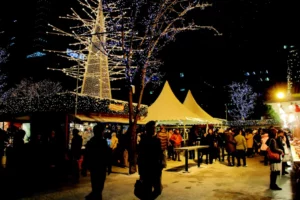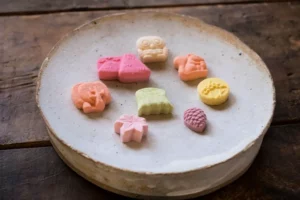In the mountains of Tochigi Prefecture, Nikkō is a place where Japan’s natural beauty, spiritual heritage, and culinary traditions converge. Just a few hours north of Tokyo, this town enchants visitors with vibrant autumn leaves, ornate shrines, and flavors unique to its mountainous setting. The region’s sights, tastes, and traditions are what make it a must-visit destination for travelers seeking an authentic Japan experience.
Table of Contents
ToggleThe Splendor of Autumn in Nikkō
Every autumn, Nikkō transforms into one of Japan’s most breathtaking landscapes of color. The combination of mountain air and elevation gives the region one of the longest foliage seasons in the country. Leaves start changing in early October around Lake Chūzenji and the Irohazaka Winding Road, then reach their peak in the temple district by November. The ginkgo and scarlet maples contrast with the cedar forests that line the paths to shrines.

The scenery also draws countless photographers and hikers eager to capture the fleeting hues of kōyō. Local cafés and ryokan inns offer cozy spots to rest with hot tea or seasonal sweets after walks through the misty woods. Evening light-ups at key viewing points, such as Shinkyō Bridge and Ryūzu Falls, add another layer of magic. Even when the colors fade, the memory of Nikkō’s glowing valleys remains vivid.
Shōdō Shōnin: The Monk Who Founded Nikkō
Long before Nikkō became a major travel destination, it was a spiritual site founded by the Buddhist monk Shōdō Shōnin. He was inspired by the area’s mountains and believed the landscape was an expression of divine power. His journey through rugged terrain led to the creation of Rinnoji Temple, which still stands as a symbol of faith and endurance. Because of his teachings, the area became a center for Buddhist practice and mountain worship.
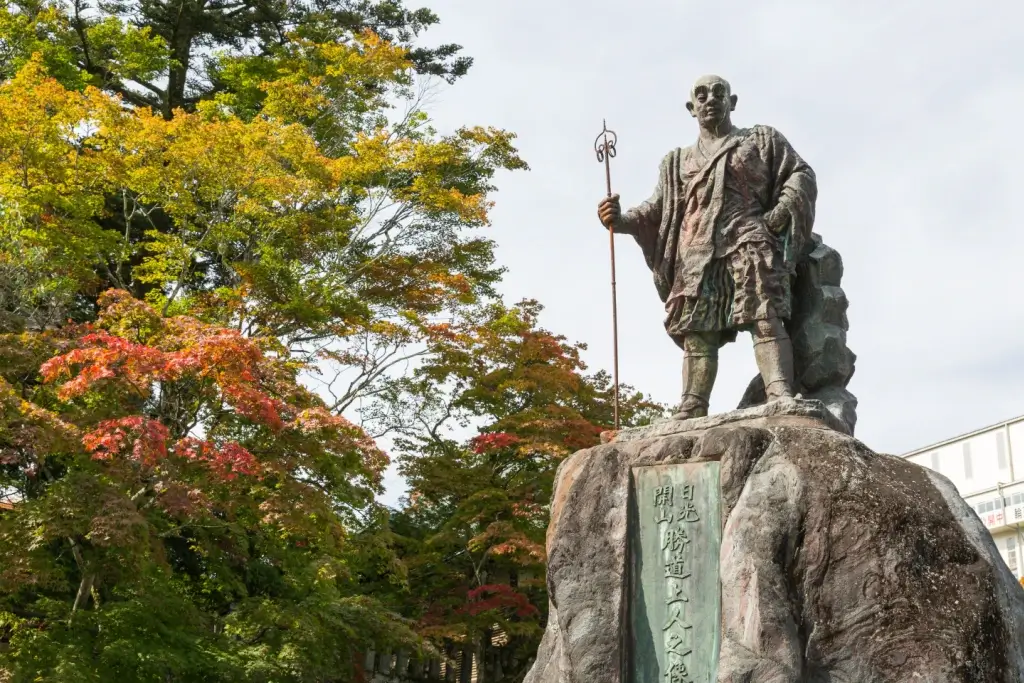
Shōdō Shōnin’s influence extended beyond religion. His establishment of temples and pilgrimage routes brought travelers, artisans, and culture to the region. The paths he once walked now guide modern visitors through centuries of tradition. Climbing Mount Nantai or visiting Chuzenji Temple allows travelers to trace his footsteps. His vision continues to shape how people experience the harmony between nature and spirituality today.
A Thousand Samurai in Motion: Nikkō’s Grand Procession
Twice a year, Nikkō returns to the age of the samurai through the Hyakumono-Zoroe Sennin Gyōretsu, or the “Procession of One Thousand Warriors.” This grand festival re-creates the funeral and enshrinement of Tokugawa Ieyasu, founder of the Tokugawa shogunate. Over a thousand participants march from Shinkyō Bridge to Toshōgū Shrine in full armor and traditional attire, accompanied by priests, musicians, and banners.

The festival is a living history lesson. Families, artisans, and volunteers prepare months in advance, ensuring that each costume and gesture is historically authentic. Visitors can watch archery demonstrations, samurai performances, and ritual prayers at Toshōgū Shrine. The event captures the solemn grandeur of the Edo period while celebrating local pride and craftsmanship. It is one of Japan’s most visually impressive historical parades.
Are you looking for great snacks from Nikko? Check out Sakuraco! Sakuraco delivers traditional Japanese snacks, teas, and sweets from local Japanese makers directly to your door so you can enjoy the latest treats from Japan!
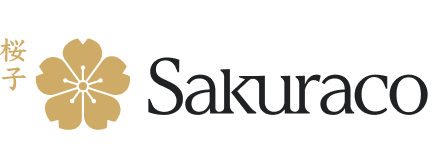
The Taste of Tradition: Yuba and Sweet Potato Wagashi
The region’s most famous specialty, yuba (tofu skin), has roots in Buddhist vegetarian cuisine. When soy milk is gently heated, a delicate film forms on its surface and can be lifted by hand. Monks and nobility once prized Yuba for its purity and nutrition. Today, visitors can enjoy it fresh, dried, or deep-fried as tofu chips. Local restaurants also feature yuba in soups, sushi, and desserts, offering visitors a taste of the area’s culinary heritage.
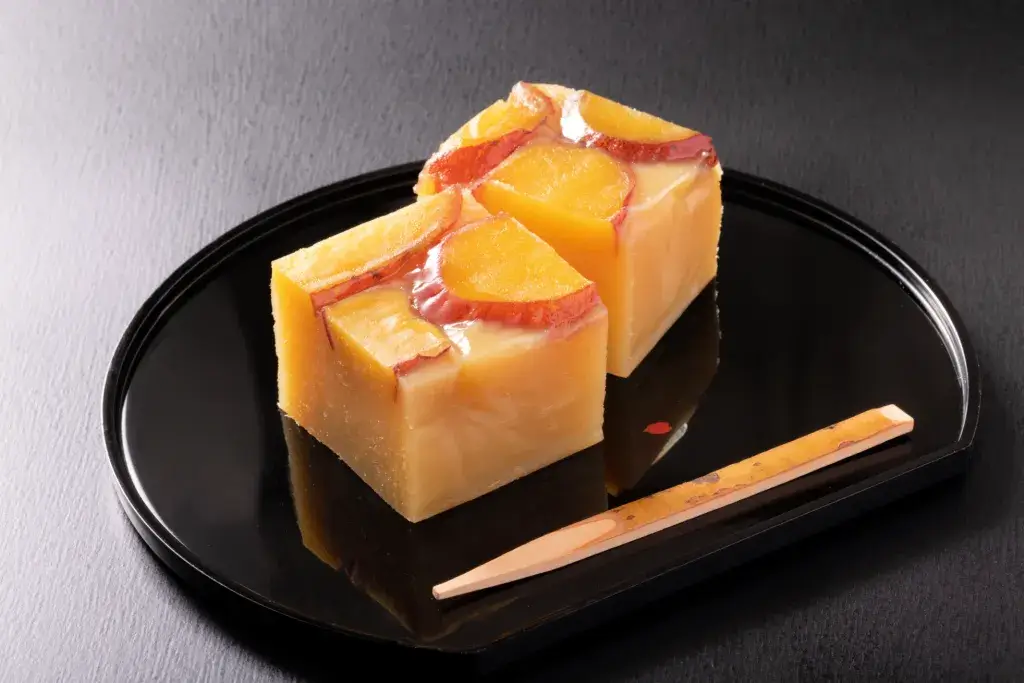
Another beloved flavor in Tochigi is the sweet potato, which finds expression in wagashi—Japanese confections crafted with balance and beauty. These sweets appear in many forms, from silky yokan jelly to delicate manju buns filled with sweet potato paste. Nikkō’s wagashi often blends seasonal aesthetics with regional produce. Together, yuba and sweet potato sweets show how food in the region bridges the sacred and the everyday.
Nikkō City as a Cultural Haven
Nikkō City is a living museum of traditional Japanese culture. The town preserves traditional crafts, including lacquerware, calligraphy, and kimono dyeing, many of which can be experienced through workshops and demonstrations. Visitors can stroll along streets where artisans continue their family trades. Tea houses and ryokan maintain the etiquette and atmosphere of historical Japan, allowing guests to slow down and appreciate the beauty of simplicity.
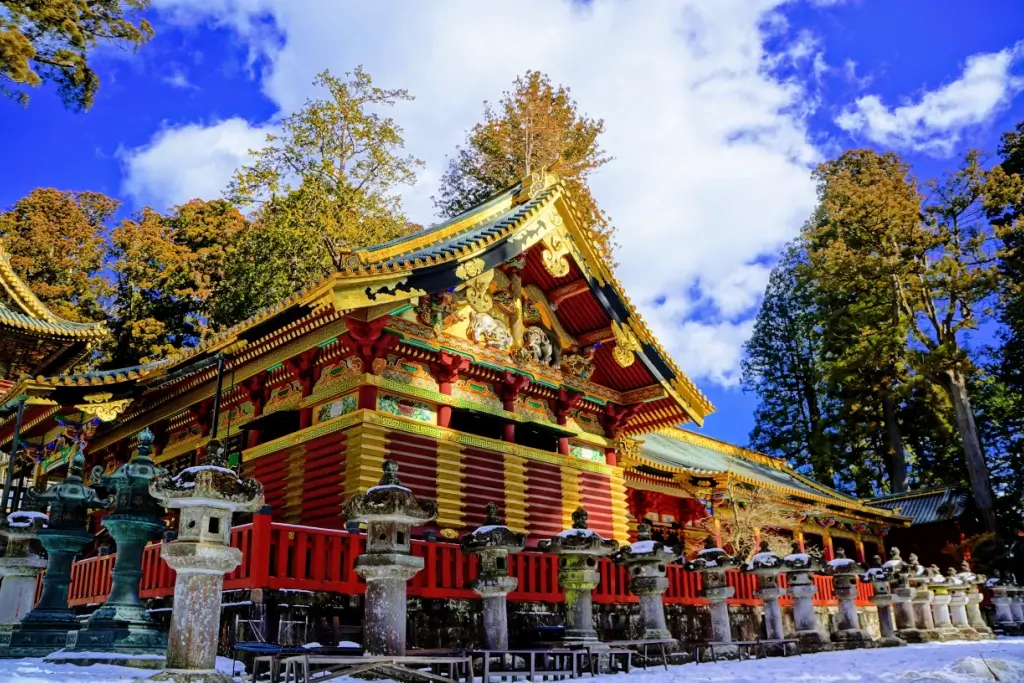
Unlike resort towns that reinvent themselves for tourism, the area thrives by preserving its identity. Whether you’re observing a monk’s morning prayer or tasting wagashi beside a centuries-old bridge, every experience reflects harmony between tradition and nature. The rhythm of life in the area invites reflection, mindfulness, and a sense of gratitude. Its cultural legacy is not confined to museums; instead, it thrives in daily life.
New Trends in Nikkō
While steeped in history, Nikkō continues to evolve. Recent years have seen a rise in sustainable tourism, encouraging visitors to explore lesser-known areas beyond the central shrine district. New guesthouses and cafés blend traditional architecture with modern design. Local chefs are also innovating, turning yuba into creative fusion dishes or developing sweet potato snacks that appeal to a new generation of travelers.

Seasonal night illuminations have become especially popular, offering a modern twist on the age-old practice of kōyō viewing. Walking through softly lit forests or across the glowing Shinkyō Bridge allows visitors to experience the scenery in a new way. More visitors are also choosing off-peak travel, enjoying the nature trails and hot springs with fewer crowds. These developments show the area’s balance between tradition and innovation.
Why should I visit Nikkō?
Nikkō offers a comprehensive Japanese cultural experience in one destination, encompassing spiritual, historical, natural, and culinary aspects. The town’s ancient shrines and temples stand among cedar forests and waterfalls, creating a harmony between faith and nature that has inspired visitors for centuries. Its seasonal beauty is unmatched: cherry blossoms in spring, lush green summers, brilliant autumn leaves, and peaceful snowscapes in winter.
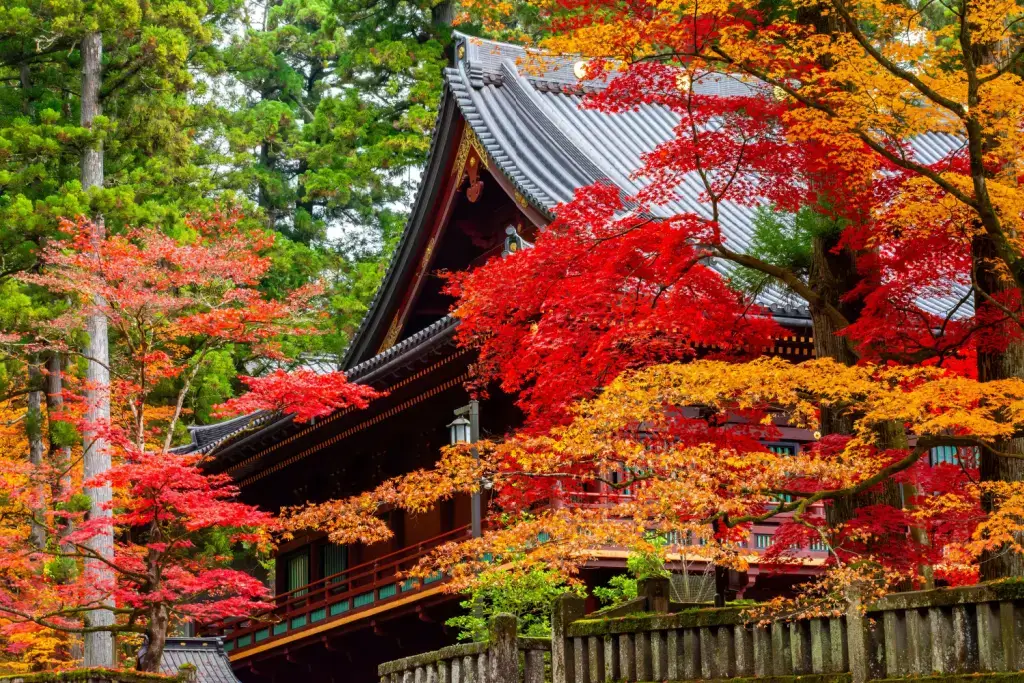
In addition to its scenic and cultural appeal, the region is easily accessible from Tokyo, making it an ideal destination for a day or weekend trip. The area offers a balance of comfort and adventure, with luxurious ryokan inns featuring hot spring baths standing beside historic sites that have remained essentially unchanged over the centuries. Local guides and craftspeople take pride in sharing their traditions with visitors, from traditional tea ceremonies to handmade souvenirs. Have you ever visited Nikkō before? What did you do there? Let us know in the comments below!



